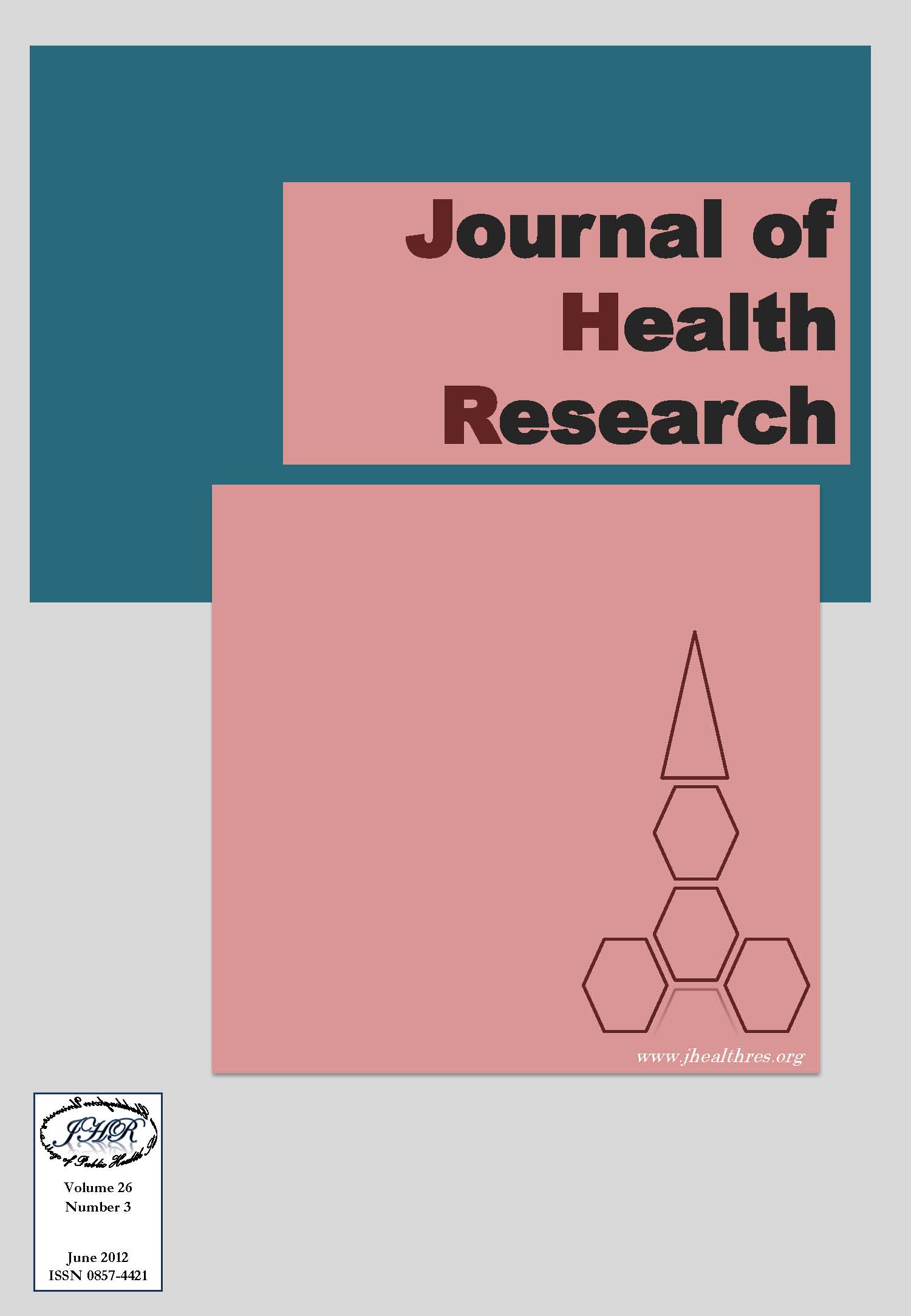A Thai Dance Exercise Regimen for People with Parkinson's Disease
Keywords:
Functional mobility, Parkinson’s disease, Quality of life, Thai classical dance, Thai dance exercise regimenAbstract
Parkinson’s disease (PD) is a chronic, progressive, neurodegenerative disorder that causes disability and often has a negative impact on the patient’s quality of life. The objectives of this study were to assess the feasibility and acceptability of a Thai dance exercise regimen for people with Parkinson’s disease and to determine its impact on the functional mobility and quality of life of the participants. A series of 36 Thai dance sessions, each lasting 60 minutes, was designed for the study. Basic movements (mae tha) of Thai classical dance were specifically selected to meet the therapeutic needs of people with Parkinson’s disease whose movements were impaired by the disease. Twenty-five people with PD volunteered to attend the Thai dance exercise program 3 times a week for 12 weeks. Functional mobility and quality of life were assessed before and after the 12-week regimen by administering the Unified Parkinson’s disease Rating Scale (UPDRS) subscales 2 and 3, Timed Up and Go Test (TUG), and the 8-item Parkinson’s disease questionnaire (PDQ8). The results indicated that there were significant improvements in all of the functional mobility and quality of life indicators as calculated by the paired t-test. Feedback from the participants indicated that they enjoyed the Thai dance exercises and perceived improvements in posture, performance of daily living activities and self confidence as well as decreased depression. When practiced regularly, Thai dance can lead to improvements in motor functions and quality of life of the participants. Furthermore, dance-based exercise is reported to be enjoyable and may be performed alone or in a group without any special equipment.







